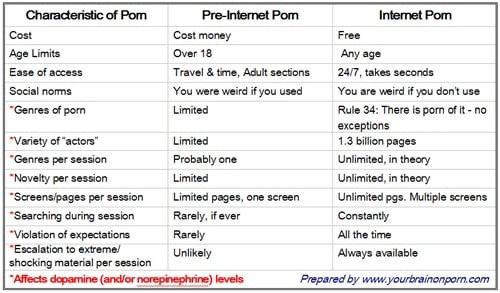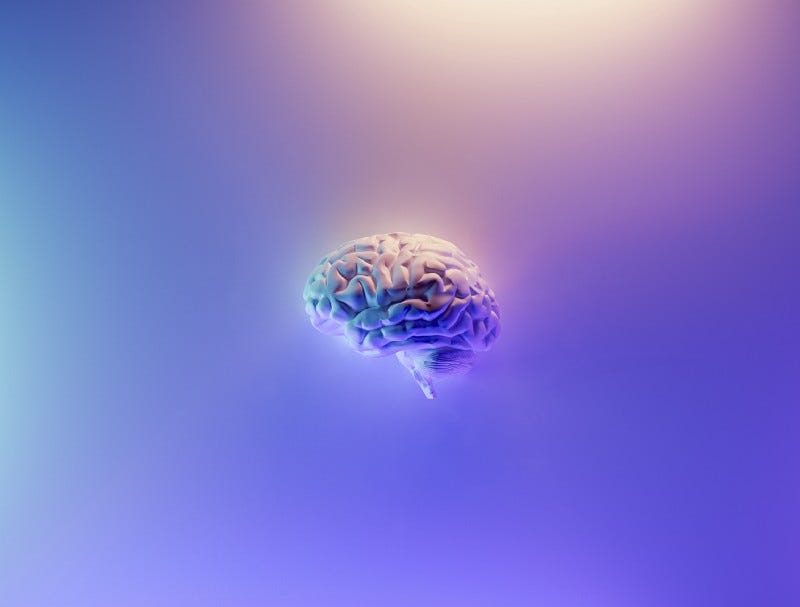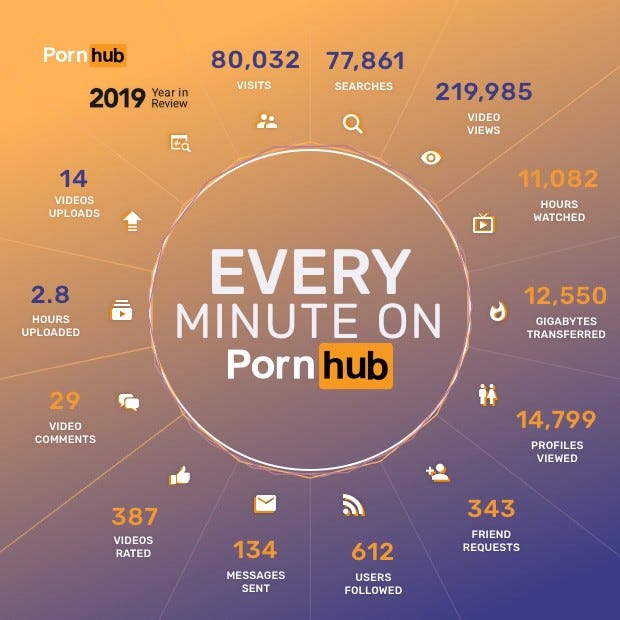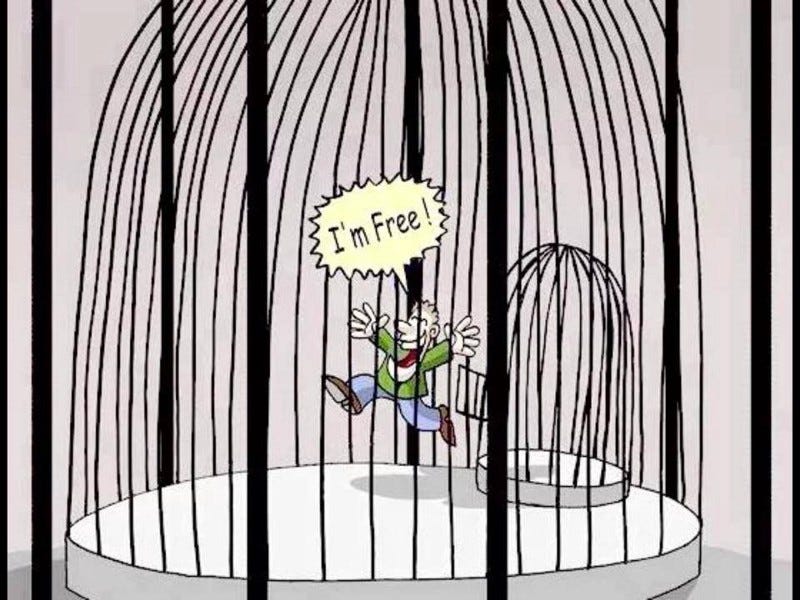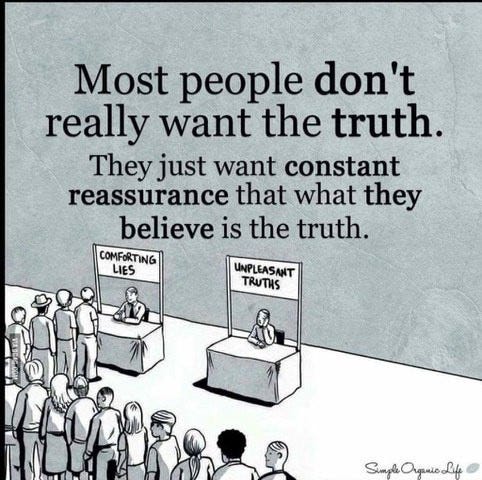Pornography Harms Society Regardless of the Dosage
Pornography has become a ubiquitous force in society. Thanks to the Internet, we can view porn almost instantly and for no material cost…
Pornography has become a ubiquitous force in society. Thanks to the Internet, we can view porn almost instantly and for no material cost. However, there is a price we pay for consuming pornography. Whether or not you appropriately moderate how often you view pornography, there are immense negative psychological long- and short-term effects that arise from it.
Dopamine is a chemical that is released in the reward center of your brain whenever you do activities such as eating, exercising, and sex. For most daily behaviors, the brain caps the release of dopamine once a craving has been satisfied. However, while viewing pornography, the dopamine that is released is constantly increasing.
DeltaFosB is a protein that is upregulated (increases the level of sensitivity to a physiologically active substance) in addiction. Cocaine, ethanol, and opioid drugs such as morphine increase levels of deltaFosB. Not only is it also increased when viewing pornography, but it is elevated for months after discontinuation from substance exposure. ΔFosB: A sustained molecular switch for addiction | PNAS
According to the American Psychological Association, porn addiction is not real. This claim stems from the belief that porn doesn’t change your brain chemistry so that you can no longer release feel-good chemicals like dopamine as effectively without the help of the drug you’re addicted to. This is simply not true, and there are several studies that prove it.
“When dopamine or opioid receptors decline after too much stimulation, the brain doesn’t respond as much, and we feel less reward from pleasure. That drives us to search even harder for feelings of satisfaction — for example, by seeking out more extreme sexual stimuli, longer porn sessions, or more frequent porn viewing — thus further numbing the brain.”- Desensitization: A Numbed Pleasure Response — Your Brain On Porn
How Much is Too Much?
An important question surrounding the topic of porn and porn addiction is, “how much is too much porn?” The answer is determined by brain changes, not by how much time one spends watching porn. Jack could spend 40 hours watching porn and become addicted while Jill watched 500 hours of porn without becoming addicted. In a society that downplays even the possibility of an addiction to porn/sex, there are probably many people who don’t even realize that they are addicted.
Pornography and Sex Education/Freedom:
There are tons of instantly available videos out there with the illusion of promoting sexual education and encouraging sexual freedom. You can easily educate people on sex without porn. It may take more effort and not give out seemingly endless amounts of instant gratification, but it will certainly be worth it.
“According to the Guttmacher Institute, only 30 states in the US mandate sex education for student. Only 18 of those states require the program to be medically accurate.
Even in more liberal parts of the country, many of the programs provided to students cover topics such as puberty, STI prevention, and pregnancy, with little room (timewise, and sometimes legally) for educators to discuss topics outside of what’s specifically prescribed by the state or school district.
There is no room to discuss the pleasure side of sex, including some of the interpersonal factors that contribute to the orgasm gap such as consent, communication, pain, and even basic anatomy.” — The Orgasm Gap: Why It Exists And How To Close It — Lioness. The orgasm gap widening can also be attributed to internet porn and its widespread acceptance in the recent years.
Regarding pornography and sexual freedom, I believe it’s imperative to remember that most of the “experts” only care about profits. They don’t care if they have to rot society from the inside out to make tons of money. This should be painfully obvious to most at this point in history. Nothing about pornography represents freedom, aside from the fact that people of any age range can access it.
Yes, it’s true. Everyone is free to view the enabling, distributing and profiting from rape, child abuse, sex trafficking and criminal image based sexual abuse on a daily basis.
Contrary to popular belief, it is not solely a parent’s responsibility to stop their children from accessing it, it’s also the responsibility of the pornographic sites. If they cared even a little bit, they would show some real initiative.
What About Ethical Porn?
I don’t believe ethical porn exists because regardless of whether or not you are only showing “passionate” and “educational” porn, it will still affect the brain negatively. This content may produce sexual arousal, but I don’t believe that we were designed to constantly watch people have sex through a screen. In my opinion, the best way to learn about sex is to have some. Experience is the best teacher.
Note that none of the evidence I’ve shown in this has anything to do with shame, or religious beliefs and perceptions about pornography. Pornography creates distorted beliefs and perceptions about sexuality and relationships. Whether you go the scientific route, the rationalistic route, or the religious route, you get the same answer. A society with seemingly non-existent sexual constraints and many illusions pertaining to sexual freedom is a society that is destined for failure.
Sex is one of the most important aspects of society. You don’t have to sit and watch mountains of illusions be built up around it. You aren’t prude if you don’t support porn or the industry. You don’t automatically hate all sex workers because you don’t agree with the industry. At the end of the day, porn stars and sex workers are human beings that deserve to be treated with respect and loved. And part of this is telling them what they may not want to hear.
With that being said, we’re still somewhat early into the internet porn saga. I’m interested in seeing the research on this topic 20 years down the road.
Remember, if something is “free” you are not the consumer, you’re the product.


